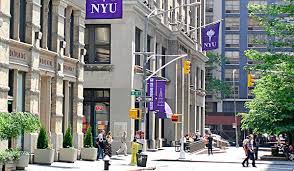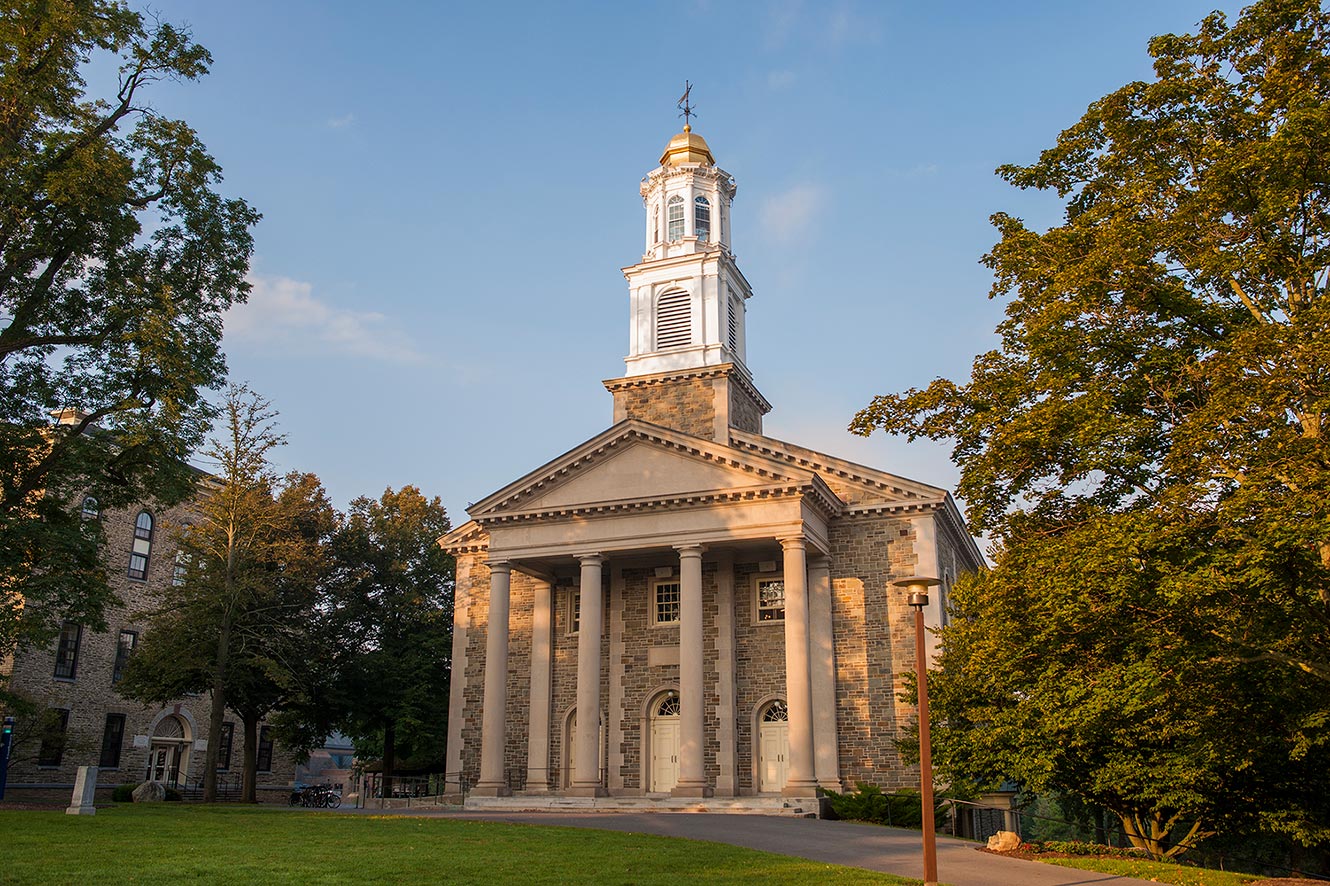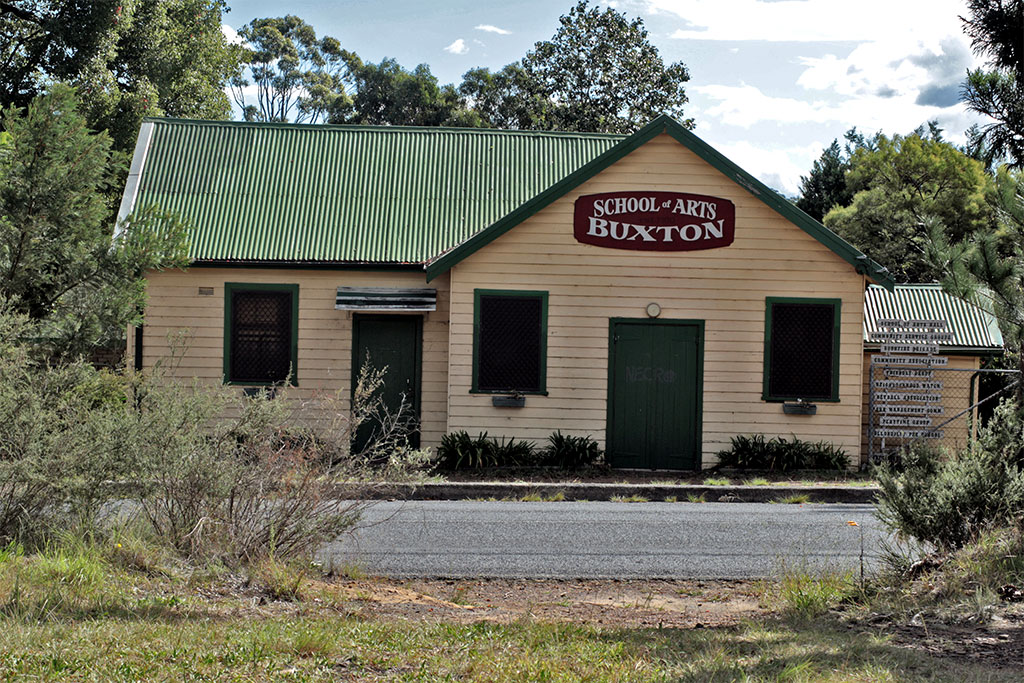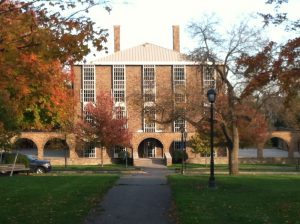Motto: “The truth shall set you free” (Veritas vos liberabit)
The first research university in America, Johns Hopkins prides itself on motivation, collaboration, and a restless intellectual vitality. The main campus is nicely situated in a Baltimore neighborhood but balances the city-feel with numerous quads and classic-style buildings. and clear parameters. During my recent visit, I was impressed with the way the university had transformed its campus into more communal spaces where students could work collaboratively. What a way to build a strong community!

Here are a few quick facts about Johns Hopkins every applicant must know:
Acceptance: 11.5% (close to 50/50 ratio men to women)
Freshmen from out of state: 88%
Most popular majors: public health studies, international studies, biomedical engineering
Housing: Freshmen and sophomores are required to live on campus
4-year Graduation rate: 82%

Academics: Although its had a strong pre-med reputation for years, Johns Hopkins is actually more diverse than you may realize. A diverse curriculum through nine divisions, curious students, and passionate teachers create Johns Hopkins’ unique educational experience. And a 2-week intersession during January keeps the learning fun and unique!
Social: Students are provided with a whole host of social outlets on and off campus. Over 350 clubs and organizations keep students active throughout the year, but the annual Spring Fair gets the school ecstatic and draws the local community in as well. With being in Baltimore there are also many ways that students can get involved in community service. . . .free public transportation helps too!
Financial: Johns Hopkins offers need-based financial aid and grants. 100% of need is fully met. Although the tuition and fees are $66,197, the average financial aid package is $37,931. 69% of students receive scholarships.
What do you think about this college? What else would you like to learn about it? Please post your comments below.











